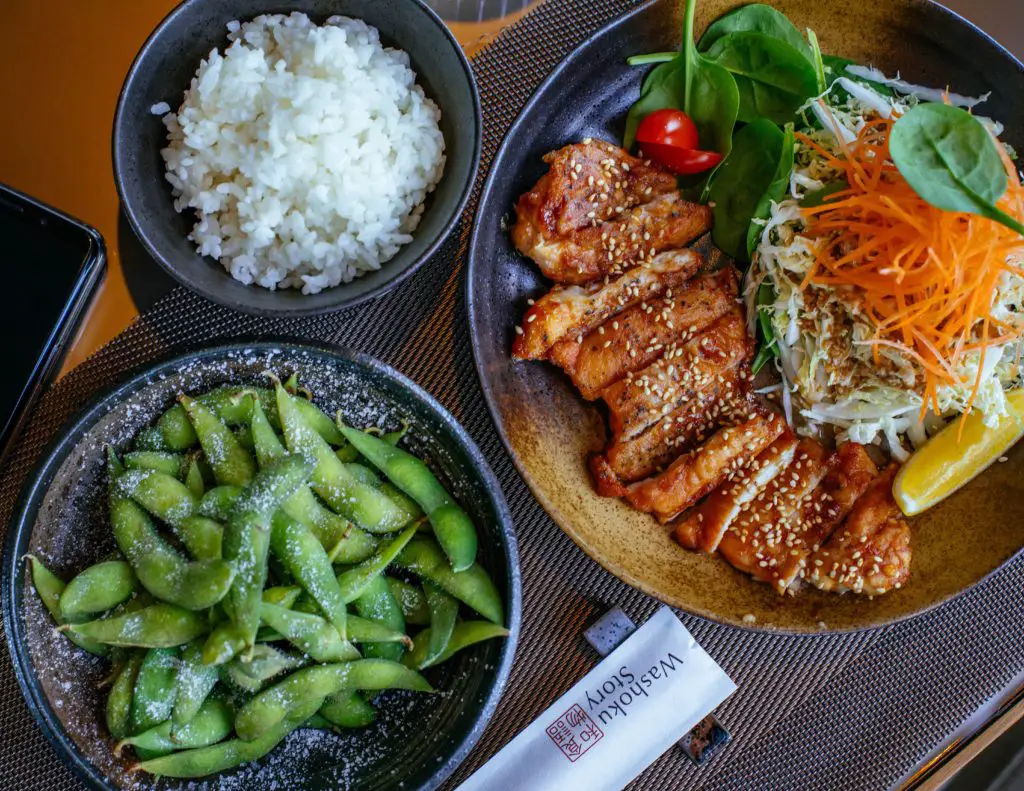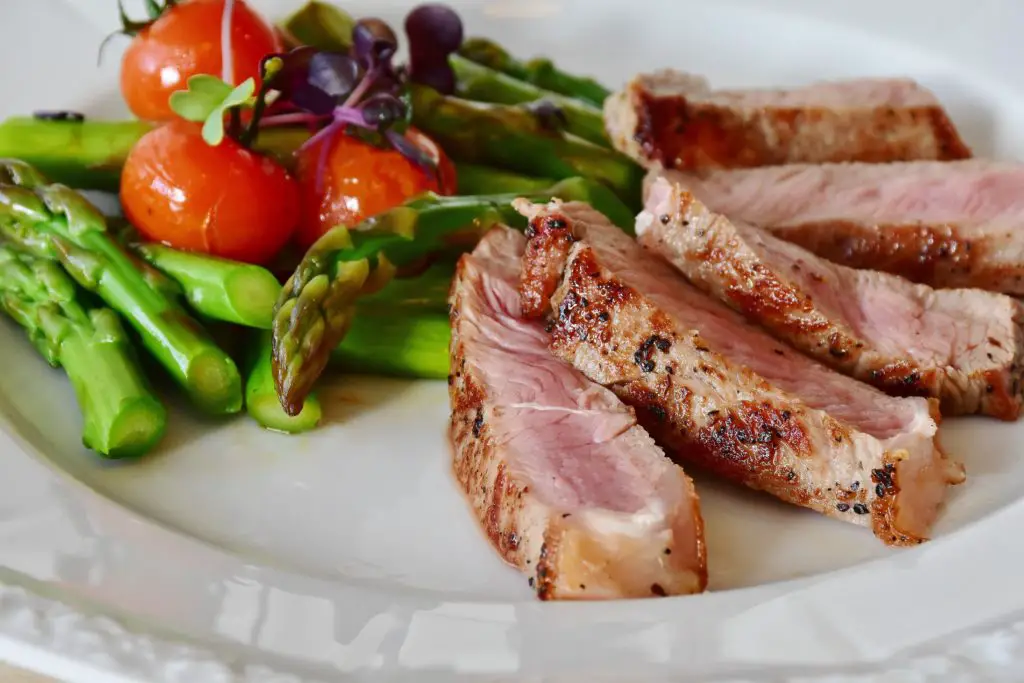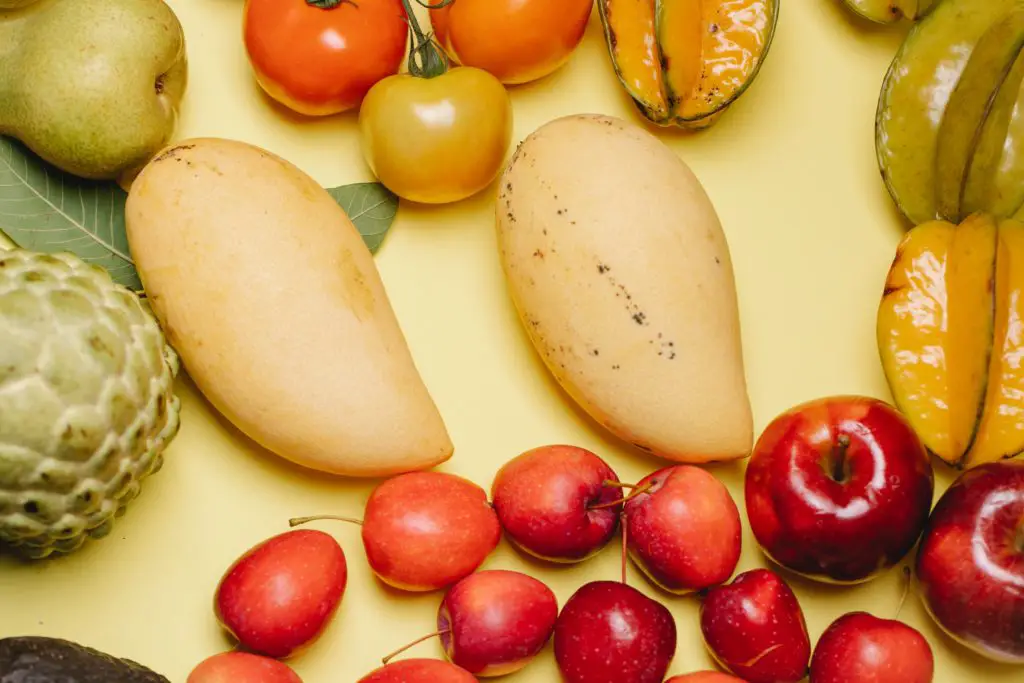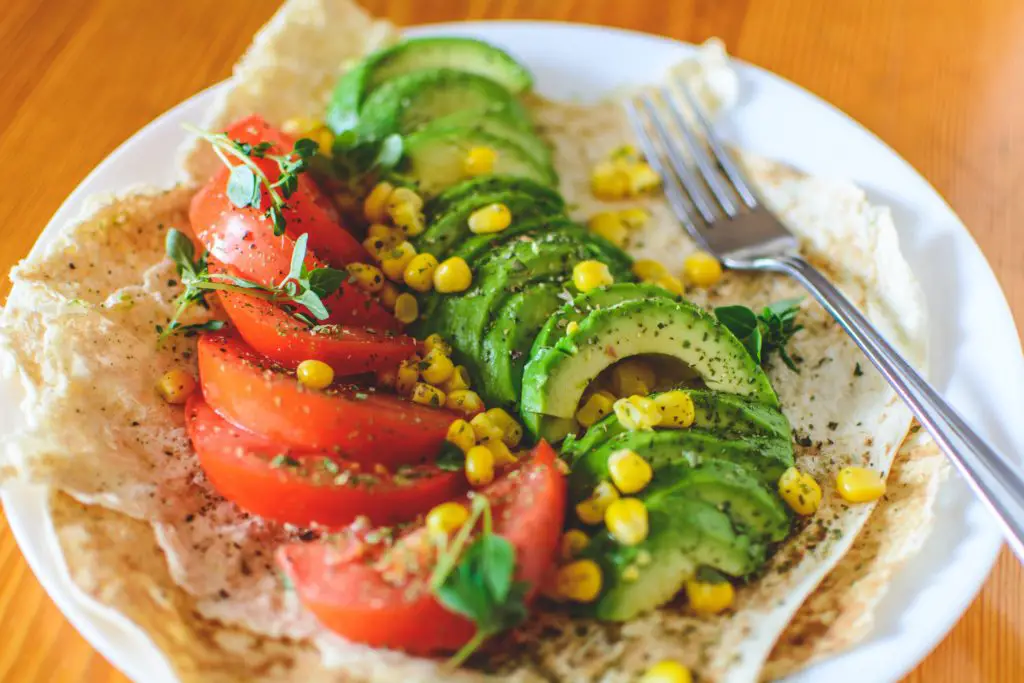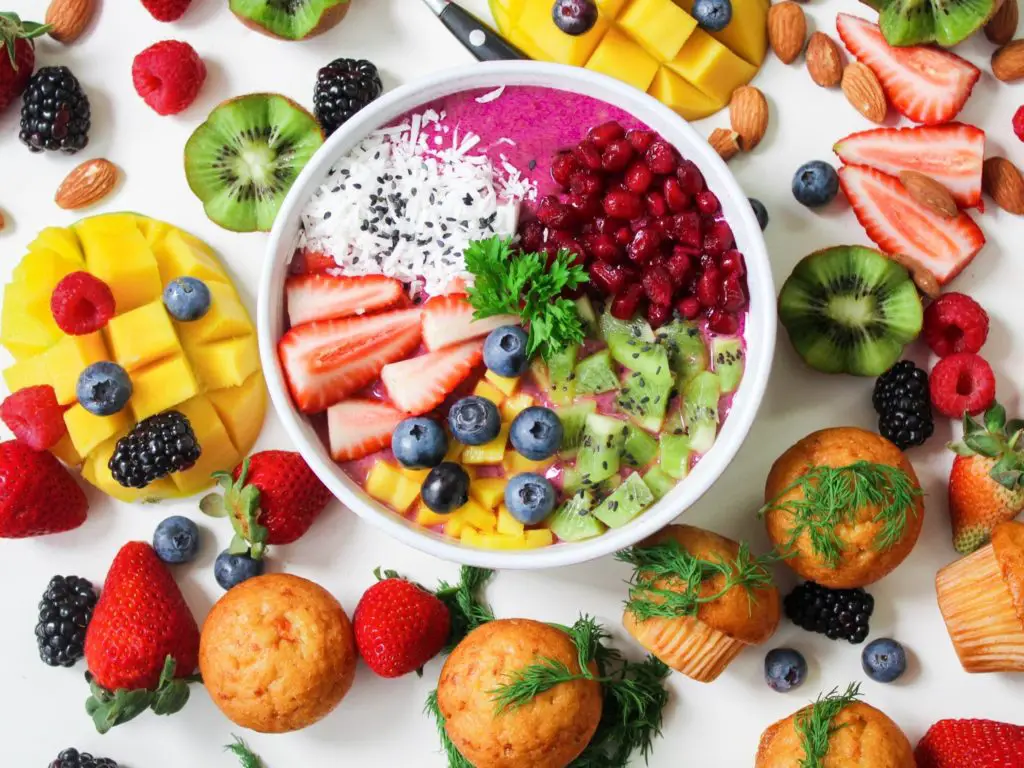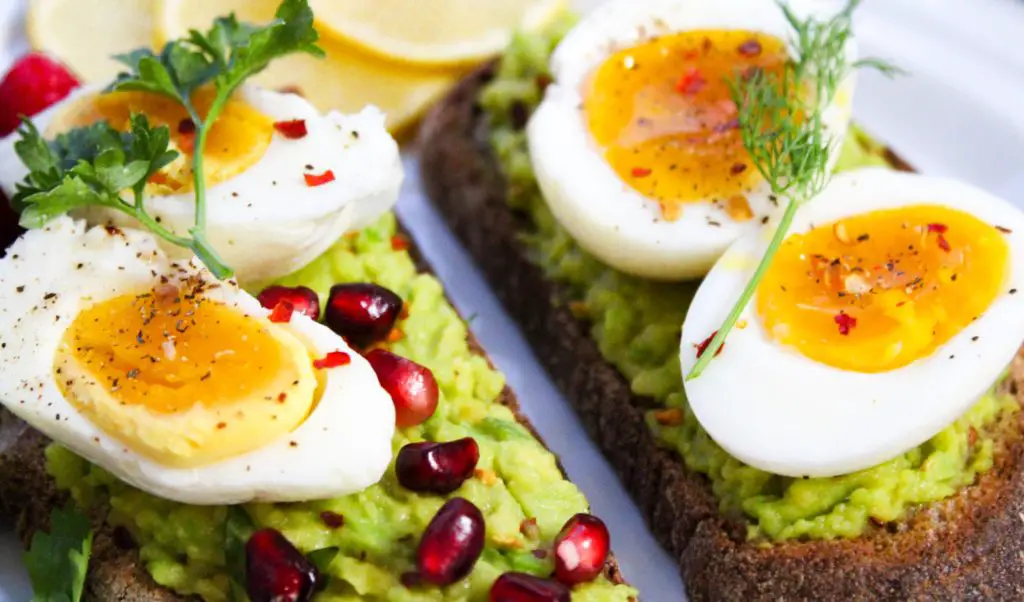The Health Management Resources Program is a weight loss system and lifestyle-change program designed to reduce calories via meal replacement with added fruits and vegetables, to reduce calories. Through this program, which incorporates group coaching and online support, the aim is to learn healthy lifestyle strategies, such as increasing physical activity and adopting healthier eating habits.
Any diet may help you lose weight, but people who change their lifestyle through the HMR program maintain significant weight loss through either the medically supervised, in-clinic, or at-home options. Three times as much weight is lost and kept off using meal replacements, compared to traditional diets, experts say.
The HMR Program was developed more than 30 years ago by Lawrence Stifler, a behavioral psychologist and former president of HMR. HMR meal replacements – low-calorie shakes, meals, nutrition bars, and multigrain hot cereal – are eaten in place of other meals and snacks. In addition, eating fruits and vegetables, which are naturally low in calories, helps displace higher-calorie foods from a diet. By mixing vegetables and fruits with HMR meal replacements, you have a filling, nutritious meal. Physical activity is essential for successful long-term weight management, and a little exercise – just 10 to 20 minutes of walking per day – will help you attain weight-loss goals.
For beginner’s these books can become handy and make transition to HMR lifestyle easy.
Pro
- Meals delivered to you
- Focus on a quick start boosts motivation
Cons
- Eating out limited
- Shakes could get humdrum
Popularity
- No.1 diet in Best Fast Weight-Loss Diets
- No.6 diet in Best Weight-Loss Diets (Tie)
- No.7 diet in Best Commercial Diet Plans (Tie)
- No.9 diet in Best Diets for Diabetics (Tie)
- No.10 diet in Easiest Diets to Follow (Tie)
How does the HMR Program work?
The HMR at Home Program uses the Healthy Solutions Diet – HMR’s most popular option. It averages 1,200 to 1,500 daily calories and involves two phases.
Phase one is the weight loss phase, during which the goal is to lose weight as quickly as possible. Take these steps to get started on HMR at Home:
- Your Starter Kit includes all the HMR foods you need for the first two weeks, except for fruit and vegetables, which you provide yourself.
- Automatic food shipments will then arrive every two weeks. Home delivery helps ensure you never run out of food, which could interrupt your weight loss.
- You’ll also start learning healthy lifestyle strategies through the included group coaching by phone.
You then transition to phase two once you reach your goal weight, or you’re ready for less structure in your diet. While the time in phase one depends on your individual weight-loss goal, the expected weight loss is 1 to 2 pounds per week, with an average weight loss of 23 pounds over the first 12 weeks.
In phase two, you’ll receive HMR food monthly, work in other healthy food options and focus more on lifestyle changes while either maintaining your phase one weight loss or continuing to lose weight at your own pace. Weekly group telephone coaching sessions with an HMR coach are available throughout phase 2 to continue to provide support and encourage accountability.
Phase one uses the “three-two-five” daily diet plan. That means a minimum of three HMR shakes, two HMR entrees, and five 1-cup servings of fruits and vegetables. If you’re hungry, you can eat more of these low-calorie foods and still lose weight. For variety, you can mix and match HMR foods and the fresh, canned, or frozen produce you buy, but you don’t have to make any other food choices. “Staying in the box” – on the diet – is easier when you keep these foods at home, work, and everywhere you go, along with reducing access to tempting outside foods as much as possible. You’re urged to avoid fast-food restaurants and coffee shops, and to consider temporarily limiting social activities that center around food. Adding physical activity is the second part of this phase, with the goal of quickly working up to burning 2,000 calories each week. You can spread physical activity throughout the day, and it can be moderate-intensity exercise, such as walking, swimming, dancing, or using a treadmill at a moderate pace. Tracking is done through the HMR mobile app.
Phase two – the maintenance phase – includes a four-week transition phase where you’ll start to cut back on HMR foods as you introduce other healthy foods. You continue with physical activity and progress tracking, but now the food plan shifts. You’ll eat some HMR foods and continue with the same amount of fruits and vegetables (35 servings a week), while gradually adding in healthy non-HMR, low-calorie foods. The goal is to start building healthy eating habits for long-term weight maintenance. You begin to make food choices while strategically using at least 14 HMR foods a week rather than higher-calorie outside meals. You’ll focus on lean proteins (including fish, skinless chicken breasts, and veggie burgers), using low-calorie cooking methods such as baking, broiling, and steaming and grains (including rice, pasta, and oatmeal), and you’ll practice balancing low- and higher-calorie days along with physical activity levels.
*In-Clinic Options: About 60 U.S. hospitals, medical practices, and other facilities offer the HMR clinic programs, which combine structured diets, lifestyle education, group support, and HMR weight-loss foods. Some plans are medically supervised, and all offer a weight maintenance program. All HMR participants receive medical screening when they join. Based on the diet you choose, your body mass index, and your medical history, the staff will decide if you need medical supervision. In general, people with 50 or more pounds to lose will achieve their goal more quickly with the HMR Decision-Free diet, which includes medical supervision, because the calorie range is so low (about 500 to 1,000 calories per day). With the Decision-Free diet, participants eat only HMR meal replacements (no added fruits or vegetables). People on the HMR Healthy Solutions diet generally don’t require medical supervision except in certain circumstances, such as taking medications for the treatment of diabetes.
How much does HMR Program cost?
The first two-week Starter Kit costs $177 and includes 70 servings of HMR shakes and entrees, support materials, weekly group coaching, and free shipping. There are no start-up or ongoing membership fees. The standard two-week reorder kits cost about $188, which includes free weekly group coaching. Individually, shakes, cereal and soup run between roughly $2 and $2.50 per serving. Entrees cost $3.70 per serving and can be ordered online. You’ll save on costs in the meat and processed-food sections of your grocery store, while possibly spending more money than you’re used to spending in the produce aisle.
Will HMR Program help you lose weight?
Losing weight can be simpler if you outsource meal preparation and limit food decisions and high-calorie temptations. A meta-analysis of six studies, published in the International Journal of Obesity in 2003, concluded that meal replacement strategies can safely and effectively lead to significant and sustainable weight loss. In phase one, HMR delivers all your low-calorie, heat-and-eat entrees, and add-liquid-and-blend shakes. Sticking with HMR selections plus fresh produce, along with recommended levels of moderate exercise (about 36 minutes of daily walking at an average pace), should lead to weight loss. The at-home program reports an average loss of 13 to 20 pounds overall, with higher numbers for people who take part in weekly phone counseling.
HMR-sponsored research shows obese patients using HMR meal replacements plus vegetables and fruit lost nearly 29 pounds more than patients who just received weight-loss counseling over 24 weeks. Another study found an average 37.5-pound loss in 18 weeks and a 43.5-pound loss for medically supervised patients in 19 weeks. Other HMR-sponsored studies showed similar or better results.
In April 2015, a Kansas-based health care system using the HMR Program released data on nearly 1,000 participants who enrolled between 2009 and 2013. After a year of participation, patients lost 19% of their body weight on average.
In a 2015 study in the Annals of Internal Medicine, researchers reviewed the results of 39 randomly controlled trials of commercial weight-loss programs, including Weight Watchers, Jenny Craig, Nutrisystem, HMR, Medifast, SlimFast, Optifast, and Atkins. Along with its cohort of “very-low-calorie programs,” HMR participants lost 4% more weight in the short term than counseling, but longer-term results were mixed.
How easy is the HMR Program to follow?
The HMR Program is ranked #10 in the Easiest Diets to Follow
As with any diet, you may miss fatty foods, especially at first. Snacks made with HMR shake powders should satisfy your sweet tooth (with added noncaloric sweeteners), although you might get more than your fill of shakes and smoothies during phase one. Phase two involves daily calorie balancing, estimating and tracking physical activity, and learning how to gradually phase in outside food choices, especially lean proteins, including low-fat dairy and grains.
- It’s convenient but you need a blender. With the meals and shake mixes delivered right to your door, HMR phase one saves a lot of time at the supermarket, although you’ll be frequenting the produce section and picking up allowed add-ins, such as diet sodas, vanilla extract, sugar-free gelatin mix, mustard, salsa, and spices. Because shakes made in a blender are more filling, you might want to consider bringing a blender to work, or blending shakes at home and using a thermos for transport. Entrees and hot cereals are microwaveable, and packages are shelf-ready (no need to refrigerate).
- There are resources for recipes. The “Recipes for Weight Loss & Weight Management Booklet” in the HMR starter kit includes recipes for vanilla and chocolate-mix shakes, floats, mousses, hot drinks, and puddings, along with several recipes for HMR Multigrain Hot Cereal, like Maple Banana Bonanza. One page has suggestions for adding vegetables to HMR 500 Chicken Soup. The 14 entree-based recipes in the booklet include beef stroganoff with noodles, cheese, and basil ravioli with tomato sauce, whole grain medley with chicken, five bean casserole, and chicken enchiladas with tomato sauce. For more options, you can turn to the HMR website (www.hmrprogram.com) for hundreds of additional recipes.
- Eating out is tough. You’ll want to avoid restaurants altogether in phase one – even if they would allow you to bring your own HMR foods (and prepare them), you’re advised to control your environment and stay out of temptation’s way. Tips for staying on track in “challenging” food environments, like parties, include bringing your own entrees and fruit and veggie packets, and eating a meal at home before you go out, as well as creating a list of restaurants with enjoyable low-calorie options for phase two.
- Delivery is a timesaver. Having entrees and shakes delivered to your door – with the option to also order foods like HMR BeneFit bars, chicken soup, and multigrain cereals – should cut time at the grocery store. You won’t have to spend much time meal planning, either, especially during phase one.
- Choose your level of support. Program support materials include the phase one and two guides and recipe booklet and the HMR Calorie Guide. You can take advantage of free group coaching by phone, and click on tips and blogs on the HMR website in phase one and phase two. In 2020, HMR introduced an HMR Diet Support Group on Facebook, where you can also connect with fellow dieters and HMR health coaches. A digital-only option, including the mobile app and behavioral coaching resources, is available if you prefer a do-it-yourself approach. If you choose the in-clinic option, in-person classes are available at all HMR locations.
- Feeling full shouldn’t be a problem. With six total meal and snack breaks throughout the day, not to mention the “more is better” option to add additional HMR foods if you’re still hungry, you should feel as full as you need to. The phase one booklet says that, depending on someone’s weight, a person would have to eat between eight and 10 shakes daily to stop losing weight. However, moderation is still a good idea with whatever diet you follow.
- Tailor the taste to your preferences. The HMR foods and shakes are edible in and of themselves, and because you mix and match selections – tailoring them with your own favorite fruits, vegetables, spices, low-calorie condiments, sweeteners, sauces, and other add-ons – how it all tastes is largely up to you.
How much should you exercise on the HMR Program?
The goal is to burn at least 2,000 calories or more with physical activity each week, building up as quickly as possible. Strategies include spreading out activity in short amounts throughout the day and doing moderate-intensity exercise such as walking, swimming, dancing, or using a treadmill at a moderate pace. Walking is most popular among HMR clients. It would take a 225-pound person about 36 minutes of walking per day at an average pace to meet the goal, according to the brochure. Tracking your own physical activity as well as food intake is part of the program. Physical activity lowers your risk of heart disease and diabetes, helps keep weight off, and increases your energy level. Most experts suggest getting at least 30 minutes of moderate-intensity exercise – like brisk walking – most or all days of the week.


